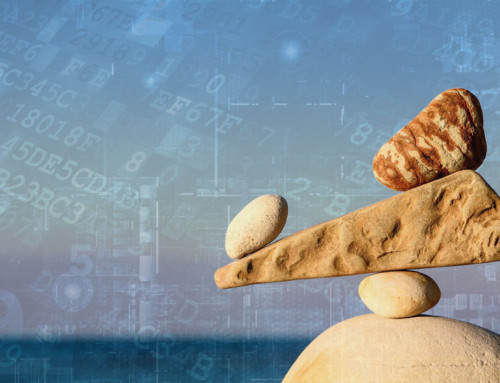Next time your teenage daughter brings home a boyfriend, you might ask yourself if the overly-pierced tatted-out human specimen standing in front of you might one day make his living by renting out his DNA for digital storage. Sounds too good to be true – maybe…. But it isn’t too far out of the realm of possibilities – at least the idea that DNA, the original data storage media, is being used to store digital information.
Check out the Economist article on the subject.

By some estimates, a cup of human DNA could store 100 million hours of video. That’s the theory, at least. Currently, only a 54,000 word book has been successfully stored and retrieved. Think about that: human DNA is capable of storing digital information – lots of it. At present the DNA media is pricey and retrieval is slow. However, as with any technology, I expect the costs will reduce and the speeds will increase, leaving us with limitless potential to store information by just procreating our own little digital storage units.
From a trusted electronic content management professional’s perspective – it may just be one more type of storage media. But, wow, does it come with a host of questions: what are the standards against which DNA that stores media should be measured? There must be weaker strands of DNA that should not be used. And, what about security? How/where does the DNA have to be stored? For instance, can someone who uses his body for a canvas also use his DNA to play host to digital images of the artwork in the Louver? What happens if he gets in a motorcycle accident? More likely the scenario would require the DNA to be stored for some length of time and at what temperature? Will the DNA even be readable 500 years from now or will we have to migrate onto DNA version 10.2? Fascinating possibilities.









